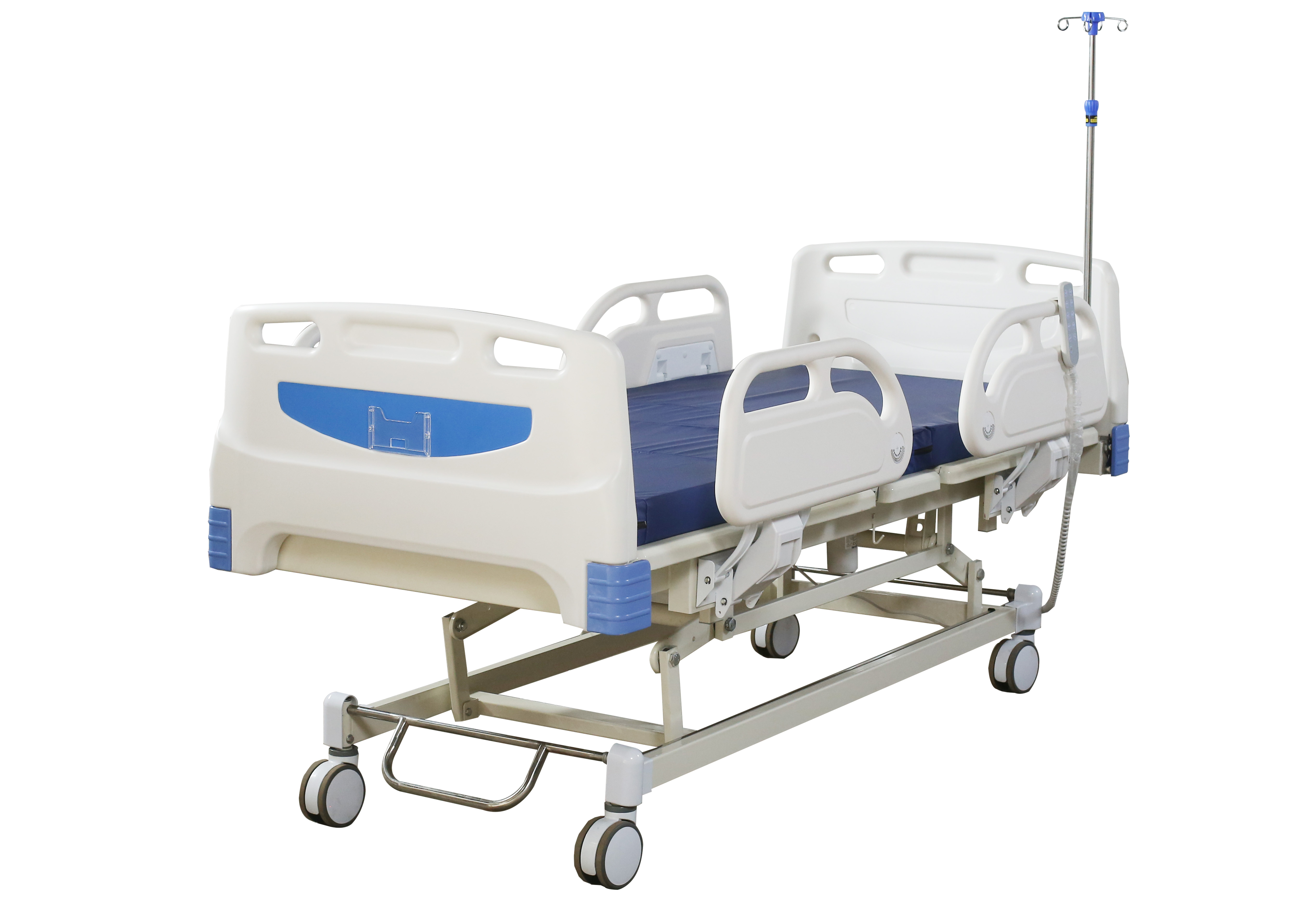Welcome to our websites!
Evaluating Electric Wheelchairs for Enhanced Mobility and User Comfort
Electric Wheelchair Assessment Ensuring Safety and Comfort for Users
Electric wheelchairs have revolutionized mobility for individuals with disabilities, elderly users, and anyone requiring assistance for daily activities. As technology advances, the processes involved in assessing the suitability of electric wheelchairs for users become increasingly crucial. A comprehensive electric wheelchair assessment ensures that the chosen model aligns with the user's unique needs, promotes safety, and enhances quality of life. This article delves into the key components of conducting a thorough electric wheelchair assessment.
Understanding User Requirements
The first step in the electric wheelchair assessment is understanding the user’s specific requirements. This involves comprehensive interviews and observations to gather information about the user’s medical history, mobility limitations, and daily activities. A multidisciplinary team, usually consisting of healthcare professionals like occupational therapists, physical therapists, and physicians, can be instrumental in this phase. They help to identify the user’s physical capabilities and limitations, ensuring that the wheelchair selected supports their functional independence.
For instance, if a user has limited upper body strength, selecting a wheelchair with a joystick control system may be more appropriate than models that require extensive manual dexterity. Additionally, assessing the potential environments where the user will operate the wheelchair—such as narrow hallways, uneven terrain, or tight spaces—will significantly influence the choice of features such as size, maneuverability, and battery life.
Functional Mobility Assessment
A functional mobility assessment is a critical component of the electric wheelchair evaluation process. This assessment evaluates the user’s ability to perform essential movements such as transferring in and out of the wheelchair, turning, and navigating tight spaces. It also examines their endurance and energy expenditure while performing these tasks.
In a clinical setting, therapists may utilize specific tools and standardized tests to measure the user’s strength, balance, and coordination. For example, the Timed Up and Go Test (TUG) or the Barthel Index can provide insights into the user’s functional mobility and help determine the most suitable electric wheelchair model.
Safety Features Evaluation
Safety is paramount in any mobility device, and electric wheelchairs are no exception. An in-depth assessment of safety features is essential to prevent accidents and injuries. Key safety features to evaluate include braking systems, stability, anti-tippers, and maximum speed.
electric wheelchair assessment

Electric wheelchairs should be equipped with reliable brakes that can hold the chair securely when stationary. Stability is another crucial factor, particularly for users who may experience balance issues. Assessing the center of gravity and wheelbase of the wheelchair can help determine its stability on various surfaces. Incorporating anti-tippers—devices that prevent the wheelchair from tipping backward—can provide additional reassurance for users, particularly when navigating inclines or uneven ground.
Comfort and Customization
Comfort plays a pivotal role in the user experience, as individuals may spend long hours in their electric wheelchairs. Evaluating seat height, depth, padding, and back support is essential for overall comfort. Customization options such as gel cushions, lumbar support, and adjustable armrests can significantly enhance the user’s sitting experience.
Moreover, it’s important to consider the user’s preferences regarding aesthetics and functionality. Electric wheelchairs come in various styles and colors, and allowing users to select their preferred model can improve their psychological well-being and encourage regular use.
Trial Period and Training
Once an electric wheelchair has been selected based on assessment criteria, it’s advisable to incorporate a trial period. This allows users to test the wheelchair in real-life scenarios and provide feedback about its performance and comfort. During the trial, users should also receive training on the operation, maintenance, and safety features of the wheelchair.
Trained professionals can offer valuable guidance during the trial, ensuring that users become familiar with the controls and any specific adjustments required for their comfort and safety.
Conclusion
In summarizing, a comprehensive electric wheelchair assessment is essential for ensuring user safety, comfort, and mobility. By understanding the user’s requirements, evaluating functional mobility, scrutinizing safety features, and focusing on comfort and customization, healthcare professionals can help users make informed choices about their mobility devices. Ultimately, the right electric wheelchair can enhance the independence and quality of life for individuals, empowering them to navigate their environments with confidence.
-
Transforming Healthcare with Hospital FurnitureNewsJun.24,2025
-
Rehabilitation EquipmentNewsJun.24,2025
-
Mobility and Independence with WheelchairsNewsJun.24,2025
-
Freedom of Mobility with Our Rollator WalkersNewsJun.24,2025
-
Comfort and Independence with Commode ChairsNewsJun.24,2025
-
Bathing Safety and Independence with Shower ChairsNewsJun.24,2025
-
Navigating the Wholesale Landscape of Electric Mobility Solutions: Key Considerations for Power Wheelchair DealersNewsJun.10,2025











